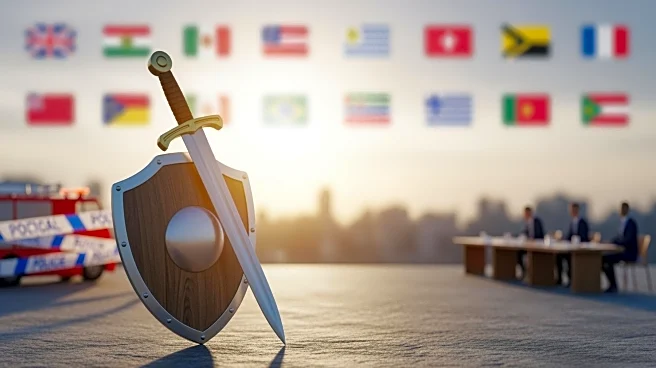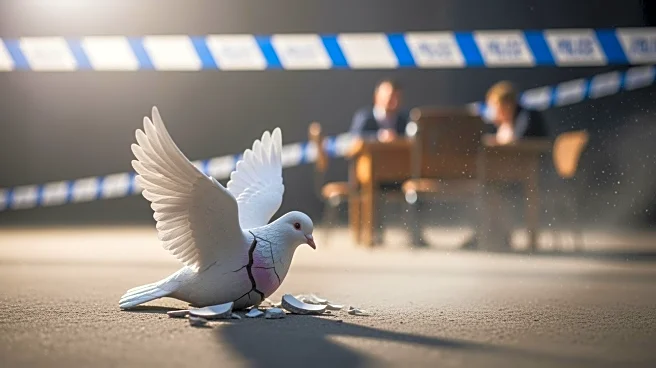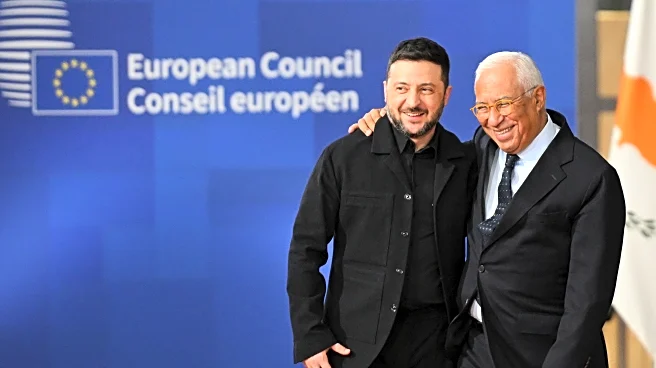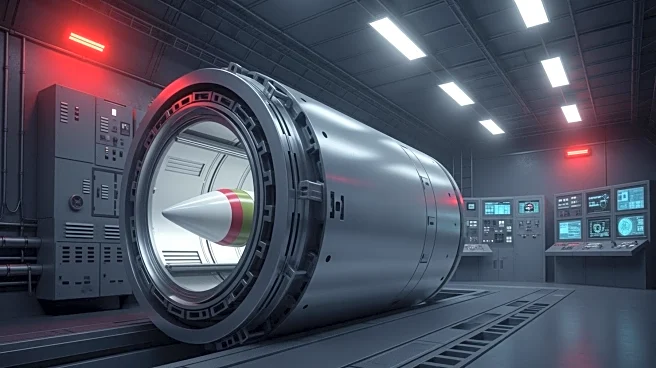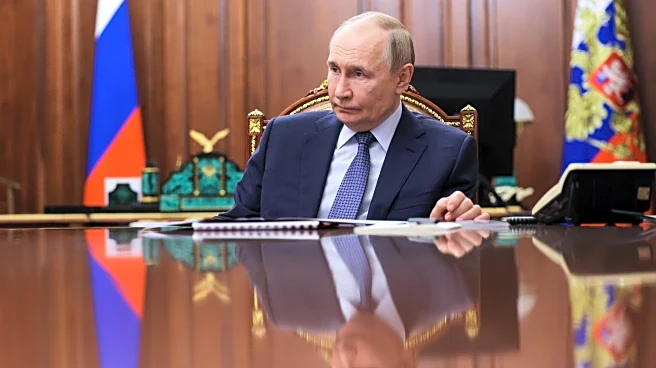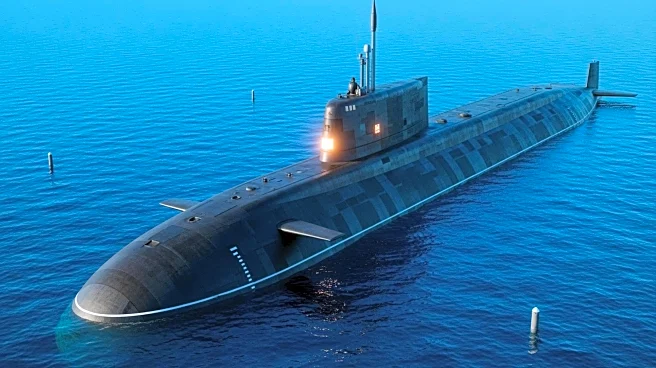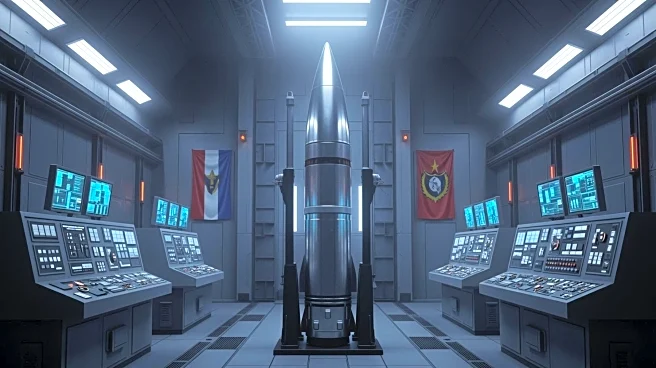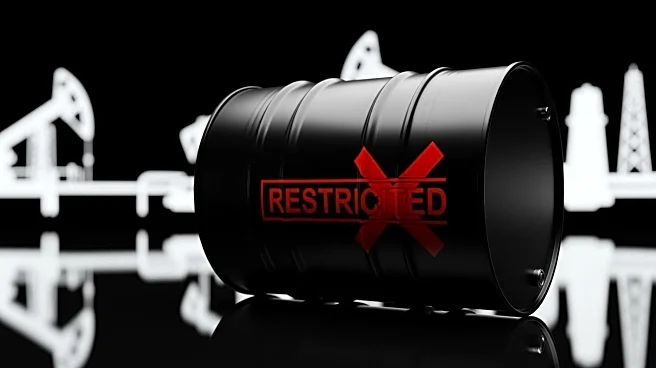What's Happening?
Russian President Vladimir Putin has directed strategic nuclear force drills, which included practice missile launches. The exercises involved the firing of a Yars intercontinental ballistic missile from the Plesetsk launch facility and a Sineva ICBM
from a submarine in the Barents Sea. Additionally, Tu-95 strategic bombers launched long-range cruise missiles. These drills were intended to test the military command structures' skills in authorizing the use of nuclear weapons. The drills coincided with the postponement of a planned summit between President Trump and Putin, originally set to discuss the Ukraine conflict. The delay was announced by President Trump, who cited concerns over the meeting being unproductive.
Why It's Important?
The nuclear drills underscore the ongoing tensions between Russia and the United States, particularly concerning the Ukraine conflict. The postponement of the Trump-Putin summit highlights the complexities in diplomatic relations and the challenges in reaching a consensus on key issues such as ceasefire agreements and territorial disputes. The drills serve as a reminder of the strategic capabilities of Russia's military and the potential implications for global security. The situation affects international diplomatic efforts and could influence future negotiations between the two nations.
What's Next?
The postponed summit between President Trump and President Putin suggests that further diplomatic preparations are necessary before any meaningful discussions can occur. Both leaders have emphasized the need for thorough preparation to ensure productive talks. The delay may lead to increased diplomatic activity behind the scenes, as both countries seek to address the ongoing conflict in Ukraine. The international community will likely continue to monitor the situation closely, with potential implications for future peace talks and military engagements.
Beyond the Headlines
The nuclear drills and summit delay reflect broader geopolitical dynamics, including the strategic posturing of Russia and the diplomatic challenges faced by the United States. The exercises highlight the importance of nuclear deterrence and the role of military readiness in international relations. The situation also raises questions about the effectiveness of diplomatic channels and the potential for escalation in regional conflicts.


